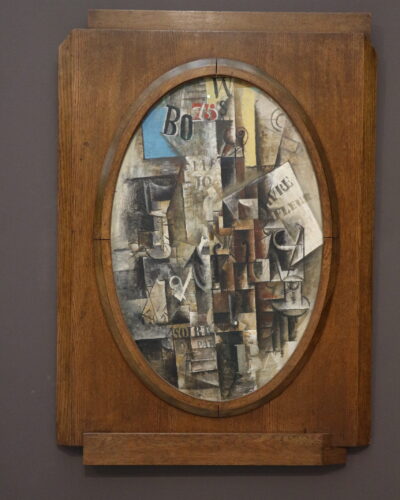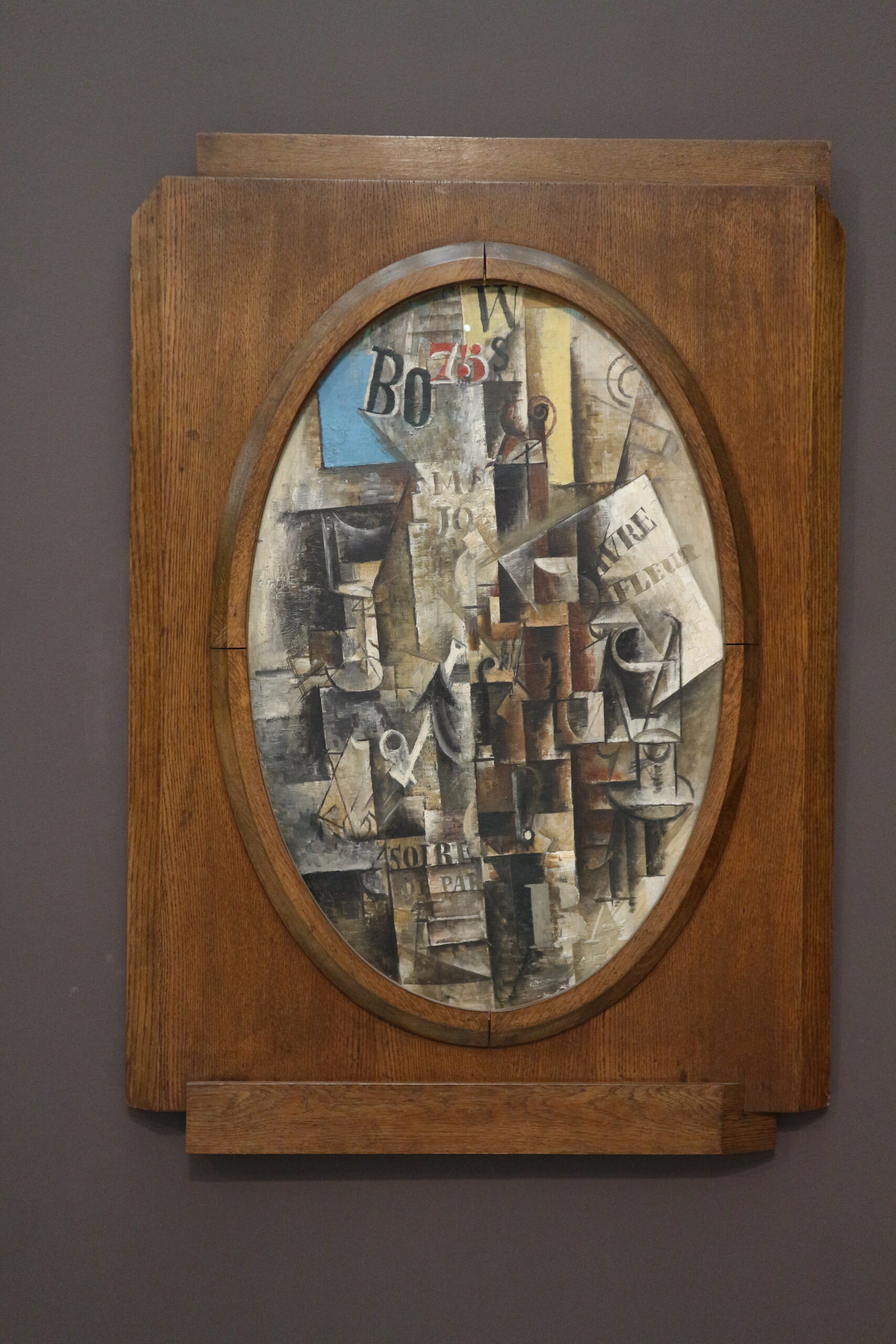
How Materials Affect an Artist’s Art, pt 2
Say you’re an artist and you walk into an art supply store. Be generous to yourself, make it Sennelier in Paris. The Seine is opposite the door. You have in mind an artwork that is all red, but in different media. Crimson, lipstick, tomato red. Reds with blue, reds with yellow. How do you decide the cut-offs for purple and orange? A decision the artist inside you makes on the spot.
In Sennelier’s hundreds of shallow wooden drawers you feast on red variations in oil paint, soft pastel, oil pastel, maybe silk dye. (How will it perform on primed canvas?) Then you lug your finds to your studio and the same artist you consulted in the store must decide how to deploy these media together on your canvas. Without their chemical differences foiling your work.
Not me. My supplies are digital. Almost always free, definitely public domain. At Sennelier you can buy decorative rice papers or a sheet showing bird species in Northern Europe. You can incorporate them into your artwork but unlike a tube of vermillion paint you’ve upped the complexity because these count as images. That will be a part of your bigger image.
A Robin Redbreast carries more meaning than a swatch of fire-truck red. You’re stuck with that. The evocative color name doesn’t live in the hue — a paint company employee earned some money for naming it. Instead your paper patch of Robin Redbreasts will not conjure a puffin for your viewer.
A friend recently posted a kitten balled up asleep in someone’s palm. I thought that inside that puffball was a whole personality waiting to erupt. Same with the tube of paint — you can use it for a landscape, an abstract, a portrait of a construction worker on an I-beam. What erupts is you and your personality. Not inherent in that tube.
OK, not inherent in the Birds of Northern Europe either. But however you employ that poster in your artwork you bring the notion of birds into it. Unless you paint over it — then it counts as a piece of painted paper stuck on your canvas.
The point here is that when you look at a painting you rarely remark, “Oh gosh, that’s paint!” Paint and the substrate it’s painted on made a marriage consummated hundreds of years ago. A painting is a concept modernized people accept, an entity but not its constituent parts. As an omelet isn’t eggs and herbs and Havarti, it’s an omelet.
Picasso and Braque while inventing Cubism used elements that would have seemed unlawful in their day. No serious artist would be fool enough to employ scraps. (Give them a raspberry!) My artwork owes much to the pioneers of “Yes you can.”
A now-browned scrap of a news story will call your attention to it even today. It’s outside the canon of paint and draw. Still modern in other words, a sly lover who sneaks into the marriage bed when one spouse is gone.

